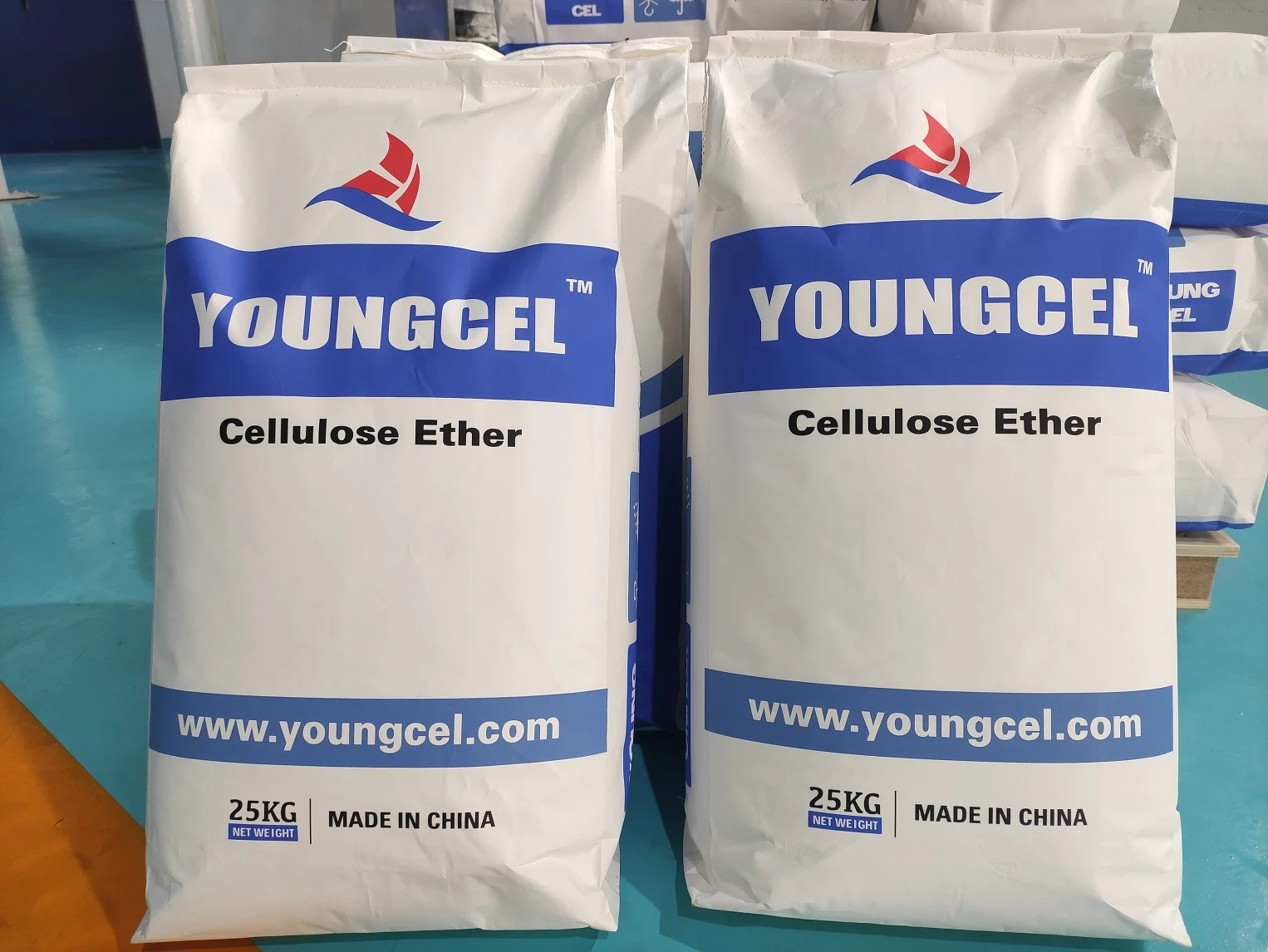Understanding HPMC A Key Polymer in Modern Chemistry
Hydroxypropyl methylcellulose (HPMC) is a cellulose-derived polymer that has garnered significant attention in various industries, including pharmaceuticals, food, cosmetics, and construction. Its unique properties make it a versatile material, facilitating numerous applications that leverage its chemical and physical characteristics. This article delves into HPMC's composition, properties, applications, and significance in modern chemistry.
Composition and Structure
HPMC is synthesized through the chemical modification of cellulose, a natural polymer that serves as the primary structural component of plant cell walls. In the production of HPMC, cellulose is treated with propylene oxide and methyl chloride, resulting in a compound that contains both hydroxypropyl and methyl groups. This modification not only enhances solubility in water but also alters the thermal and mechanical properties of the polymer.
The degree of substitution (DS) of HPMC is a crucial parameter that influences its characteristics. The DS indicates how many of the hydroxyl groups in cellulose have been replaced by hydroxypropyl and methyl groups. Variations in DS lead to different grades of HPMC, which in turn dictate its solubility, viscosity, and gel-forming capabilities.
Properties
HPMC possesses several remarkable properties that contribute to its popularity across multiple fields. One of the standout characteristics is its excellent water solubility, which allows it to easily dissolve in cold water, forming a viscous gel. This gelation property makes HPMC an ideal thickening agent, stabilizer, and emulsifier.
chemic hpmc

Additionally, HPMC is non-ionic, meaning it does not carry an electrical charge, which avoids interactions with other charged substances. This characteristic is particularly beneficial in pharmaceutical formulations, where maintaining the stability of active ingredients is paramount. Furthermore, HPMC has a relatively high resistance to temperature changes and can function effectively in both acidic and alkaline environments.
Applications
In the pharmaceutical industry, HPMC is widely used in the formulation of tablets and capsules. It acts as a binding agent, ensuring the cohesive formation of tablets, and serves as a release agent in controlled-release formulations. HPMC’s versatility allows for the manipulation of drug release profiles, enhancing therapeutic efficacy while minimizing side effects.
In the food industry, HPMC is employed as a thickener and stabilizer in a variety of products, including sauces, dressings, and ice creams. Its ability to retain moisture makes it invaluable in improving the shelf life and texture of food items. Moreover, HPMC is non-toxic and approved for use in food products, making it a popular choice among manufacturers and consumers alike.
The cosmetic industry also benefits from HPMC, where it is found in creams, lotions, and gels. Its ability to create smooth textures and improve the viscosity of formulations enhances product performance and consumer experience. Additionally, HPMC is utilized in construction as a thickening and water-retaining agent in cement and plaster, improving workability and adhesion.
Conclusion
Hydroxypropyl methylcellulose is a remarkable polymer that plays a vital role in numerous industries. Its unique chemical structure imparts a wide range of properties, making it suitable for applications from pharmaceuticals to food and cosmetics. As research in polymer chemistry continues to advance, HPMC’s significance is likely to grow, potentially leading to new formulations and applications that further exploit its versatile capabilities. Understanding and utilizing HPMC effectively will pave the way for innovation and improvement across various fields, showcasing the integral role of chemistry in everyday products.






